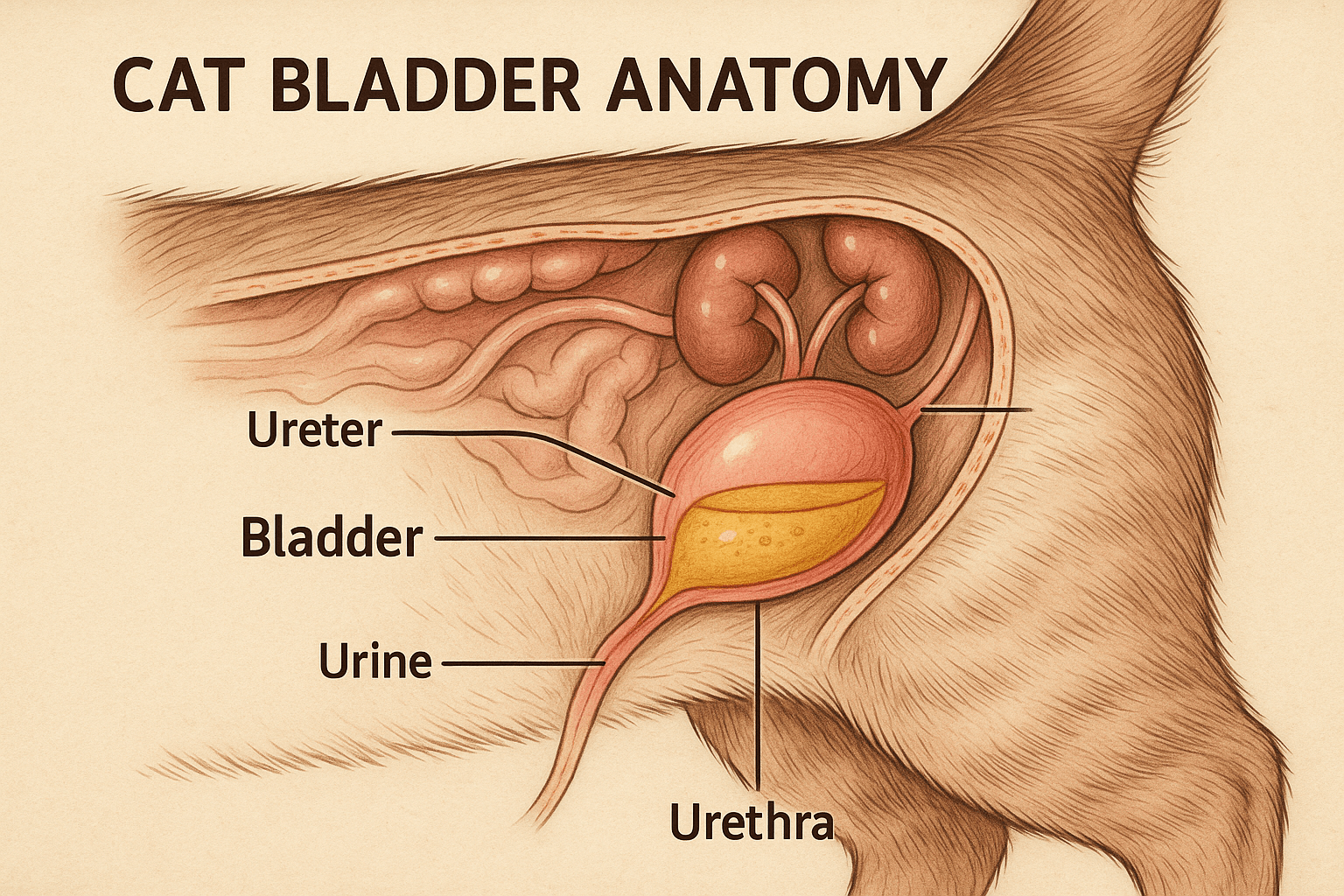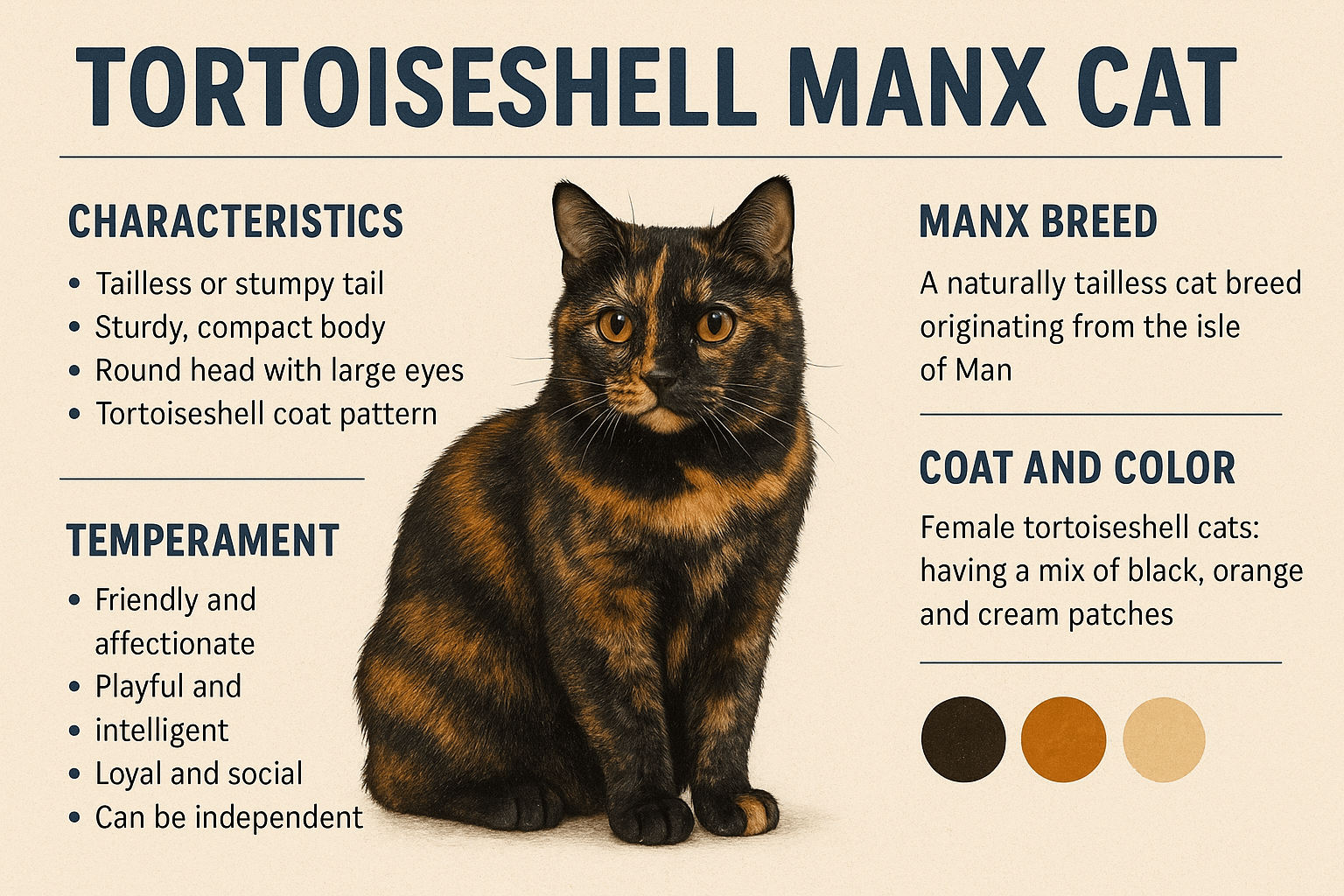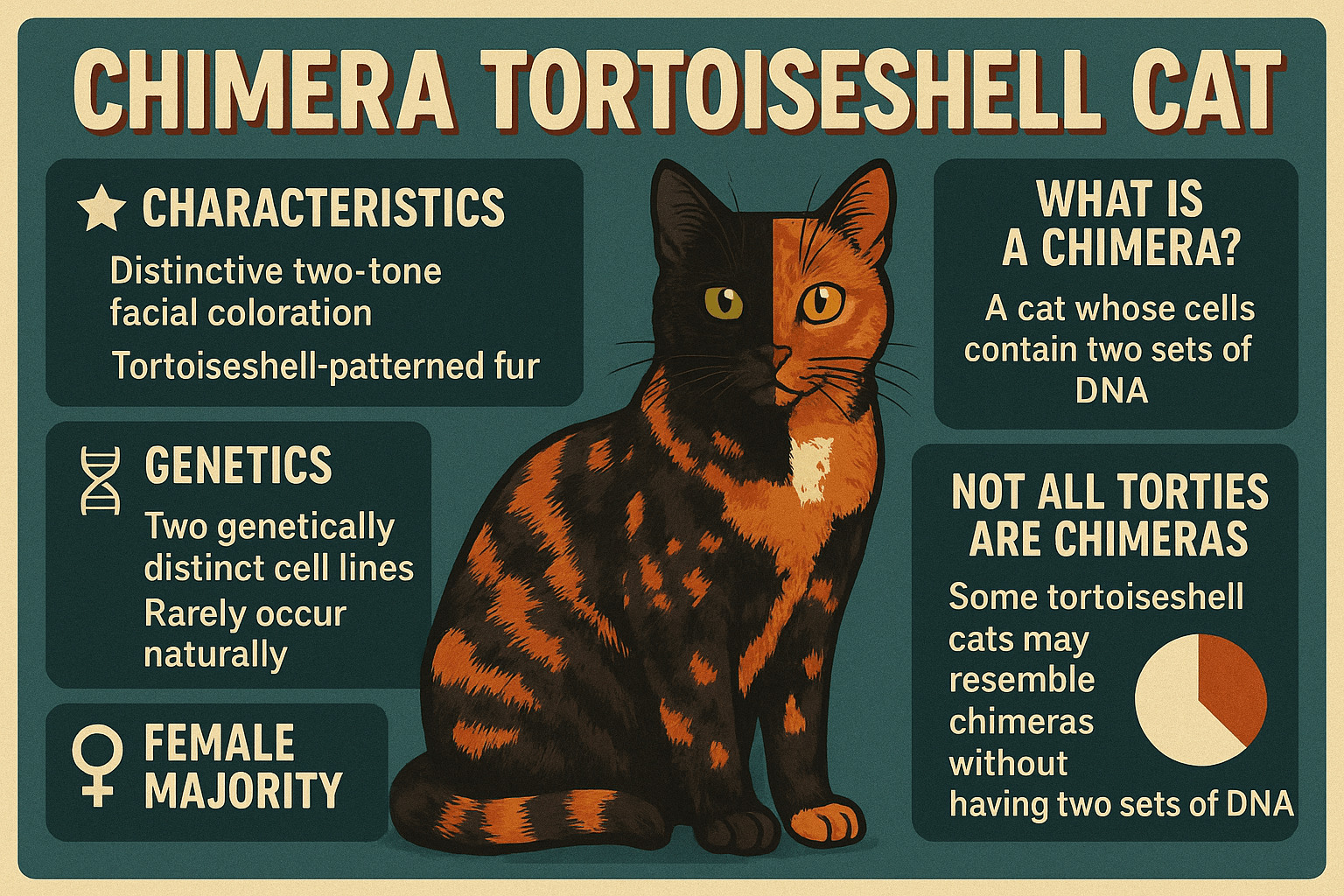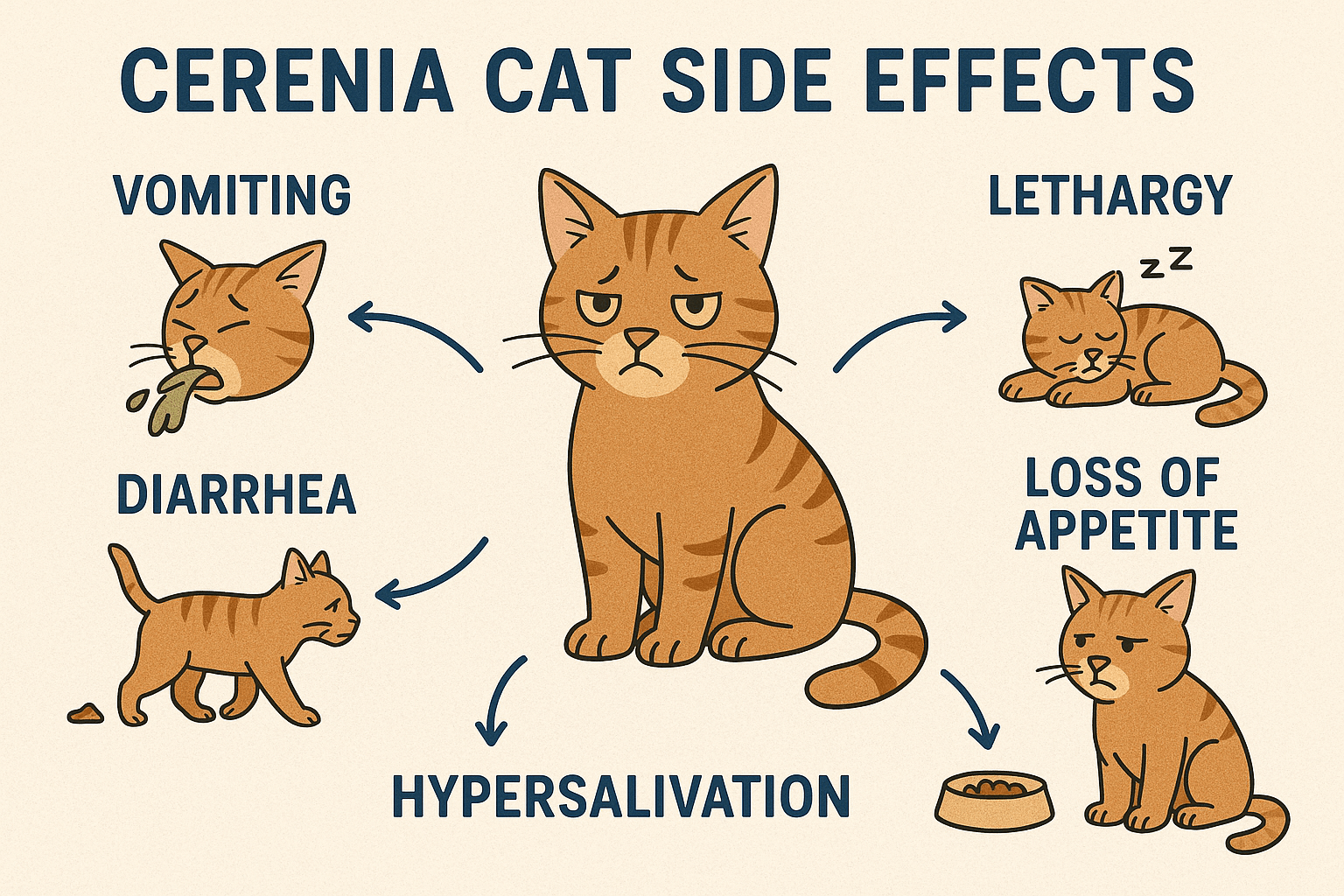Understanding Cat Bladder Anatomy: A Closer Look Inside Your Feline Friend
Cats are fascinating creatures, and their anatomy reflects their unique needs and behaviors. One essential yet often overlooked aspect of feline health is the bladder—a vital organ responsible for waste removal and maintaining hydration balance. Understanding cat bladder anatomy not only helps you appreciate how your pet’s body functions but also equips you to recognize potential issues early. Whether you’re a curious cat owner or simply want to ensure your furry friend stays healthy, this guide will provide valuable insights into the inner workings of your cat’s urinary system.
Key Components of Cat Bladder Anatomy
The cat bladder is part of a complex system that works together to filter and eliminate waste from the body. Here’s an overview of its main components and their roles in maintaining your cat’s health.
Urinary Bladder:
The bladder serves as a reservoir for urine until it’s ready to be expelled. Its muscular walls expand and contract to store and release urine efficiently.Urethra:
This tube carries urine from the bladder to the outside of the body. In male cats, the urethra is narrower, making them more prone to blockages than females.Kidneys:
While not part of the bladder itself, the kidneys play a crucial role by filtering blood and producing urine, which then flows into the bladder.Detrusor Muscle:
This smooth muscle surrounds the bladder and controls its contraction during urination, ensuring efficient emptying.Sphincter Muscles:
These muscles regulate the flow of urine through the urethra, preventing leakage when the bladder isn’t actively emptying.
Understanding these components highlights the intricate design of your cat’s urinary system and underscores the importance of keeping it healthy.
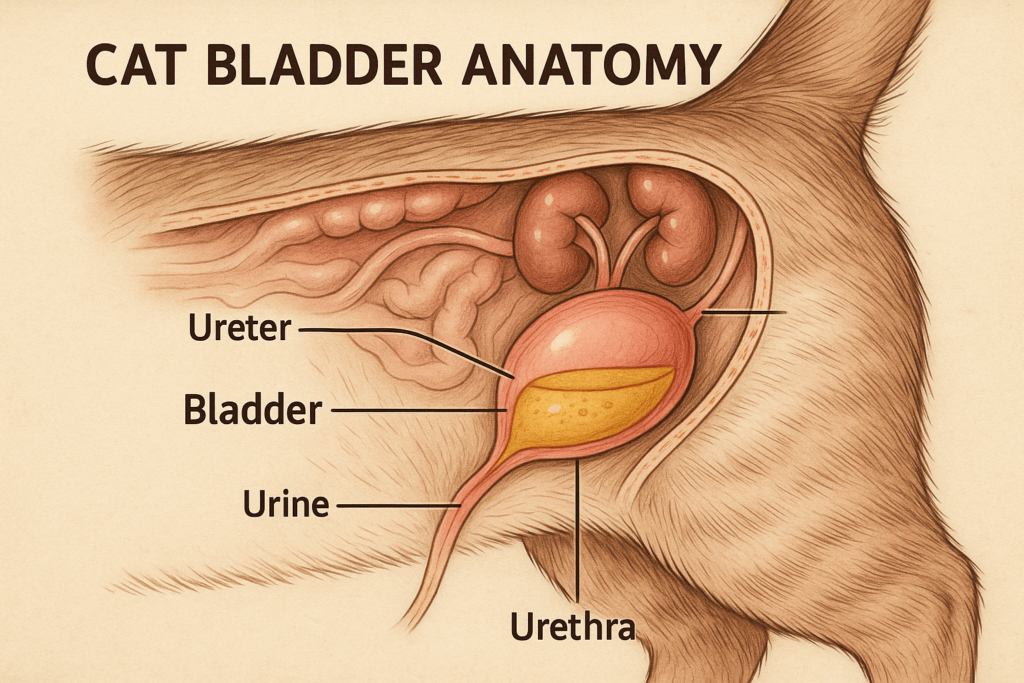
How the Cat Bladder Functions Daily
The bladder is central to your cat’s daily life, working tirelessly to remove toxins and maintain proper hydration levels. Here’s how this remarkable organ operates on a day-to-day basis.
Filtration Process:
Blood passes through the kidneys, where waste products are filtered out and turned into urine before entering the bladder.Storage Capacity:
A cat’s bladder can hold approximately 20-30 milliliters of urine, depending on size and breed, before signaling the need to urinate.Nerve Signals Trigger Urination:
When the bladder reaches capacity, nerves send signals to the brain, prompting your cat to find a suitable spot to relieve itself.Muscular Contraction During Voiding:
During urination, the detrusor muscle contracts while sphincter muscles relax, allowing urine to exit the body smoothly.Hydration Balance:
Adequate water intake ensures the bladder functions optimally, reducing the risk of concentrated urine that could lead to health problems.
This seamless process demonstrates how critical the bladder is to your cat’s overall well-being and comfort.
Check this guide 👉Bladder Stones in Cats: Best 7 Expert Tips!
Check this guide 👉Male Cat UTI Symptoms: Best 7 Expert Tips!
Check this guide 👉Cat UTI Treatment: Best 7 Expert Tips!
Functions of the Cat Bladder | Common Issues Affecting the Bladder |
|---|---|
Stores urine until elimination | Urinary tract infections (UTIs) |
Removes waste and toxins from the body | Bladder stones |
Maintains hydration balance | Feline lower urinary tract disease (FLUTD) |
Contracts to expel urine effectively | Urethral blockages |
Works with kidneys for toxin filtration | Dehydration-related complications |
Signs of Bladder Problems in Cats
Recognizing signs of bladder trouble early can help prevent serious complications. Keep an eye out for these symptoms that may indicate your cat is experiencing discomfort or illness.
Frequent Urination Attempts:
If your cat visits the litter box more often than usual but produces little or no urine, it could signal a problem.Straining or Crying While Urinating:
Vocalizations or visible strain during urination suggest pain or difficulty passing urine.Blood in Urine:
The presence of blood indicates irritation, infection, or other underlying conditions requiring veterinary attention.Inappropriate Elimination Outside the Litter Box:
Cats avoiding the litter box may be trying to communicate discomfort or distress related to their bladder.Lethargy and Loss of Appetite:
General signs of illness, such as decreased energy or appetite, can accompany bladder issues and should not be ignored.
Prompt action at the first sign of trouble ensures your cat receives timely care and avoids further complications.
Tips for Supporting a Healthy Cat Bladder
Maintaining a healthy bladder involves proactive steps to support your cat’s urinary system. Follow these tips to promote optimal bladder function and prevent issues.
Provide Fresh Water Daily:
Encourage hydration by offering clean, fresh water at all times to dilute urine and reduce toxin concentration.Feed a Balanced Diet:
High-quality food formulated for urinary health can help minimize the risk of bladder stones and infections.Monitor Litter Box Habits:
Regularly observe your cat’s bathroom behavior to catch any changes early.Keep the Litter Box Clean:
A clean litter box encourages regular use and reduces stress-related bladder issues.Schedule Regular Vet Check-Ups:
Routine exams allow your vet to detect potential problems before they escalate into serious conditions.
By incorporating these practices, you can help safeguard your cat’s bladder health and enhance their quality of life.
Common Misconceptions About Cat Bladder Health
There are several myths surrounding cat bladder health that can lead to confusion or misinformation. Clarifying these misconceptions ensures better care for your feline friend.
Myth: Cats Don’t Need Much Water:
While cats naturally drink less, insufficient water intake increases the risk of bladder issues like crystals or stones.Myth: All Litter Boxes Are Created Equal:
Not all litter types suit every cat; some prefer unscented options or shallow boxes for easier access.Myth: Indoor Cats Can’t Get Bladder Problems:
Even indoor cats are susceptible to bladder issues due to factors like diet, stress, or genetics.Myth: Bladder Stones Only Occur in Older Cats:
Younger cats can develop bladder stones too, especially if predisposed by breed or diet.Myth: Antibiotics Always Cure UTIs:
Some urinary issues aren’t caused by bacteria and won’t respond to antibiotics, requiring alternative treatments.
Separating fact from fiction empowers you to make informed decisions about your cat’s health.
Preventive Measures for Senior Cats
As cats age, their bladder health requires extra attention due to declining kidney function and increased vulnerability to infections. Here’s how to support senior cats specifically.
Increase Hydration Opportunities:
Offer wet food or water fountains to encourage older cats to drink more.Adjust Their Diet:
Switch to senior-specific formulas designed to support urinary and kidney health.Monitor Mobility Around the Litter Box:
Ensure easy access to the litter box, especially for cats with arthritis or mobility challenges.Watch for Subtle Changes:
Older cats may hide symptoms longer, so pay close attention to subtle behavioral shifts.Schedule Frequent Vet Visits:
Biannual check-ups can help identify age-related bladder issues early.
Tailoring care to your senior cat’s needs promotes longevity and comfort in their golden years.
Recognizing Stress-Related Bladder Issues
Stress can significantly impact your cat’s bladder health, leading to conditions like feline idiopathic cystitis (FIC). Identifying stressors and addressing them promptly is key to prevention.
Environmental Changes:
Moving homes, new pets, or rearranged furniture can trigger stress-related bladder issues.Lack of Mental Stimulation:
Boredom or lack of enrichment can manifest as anxiety affecting bladder health.Overcrowded Living Spaces:
Too many cats in one household may create tension, impacting vulnerable individuals’ bladders.Inconsistent Routines:
Sudden changes in feeding times or caregiver schedules can upset sensitive cats.Underlying Medical Conditions:
Chronic pain or illness may exacerbate stress, worsening bladder symptoms.
Addressing these stressors creates a calmer environment, supporting both mental and physical well-being.
Frequently Asked Questions About Cat Bladder Anatomy
What causes bladder stones in cats?
Bladder stones form due to mineral imbalances in the urine, often linked to diet or dehydration.
Can stress affect my cat’s bladder?
Yes, stress can contribute to feline idiopathic cystitis (FIC), a condition causing bladder inflammation.
Are male cats more prone to bladder blockages?
Yes, male cats have narrower urethras, increasing their risk of obstructions.
How can I tell if my cat has a urinary tract infection?
Symptoms include frequent urination attempts, straining, and sometimes blood in the urine.
What should I do if my cat can’t urinate?
Seek immediate veterinary care, as this is a life-threatening emergency requiring prompt treatment.
Prioritizing Your Cat’s Bladder Health
Your cat’s bladder plays a vital role in their overall health and happiness. By understanding its anatomy, recognizing signs of trouble, and taking preventive measures, you can ensure your feline companion enjoys a long, comfortable life. Remember, even small changes—like providing fresh water or keeping the litter box clean—can make a big difference. Stay attentive to your cat’s needs, and don’t hesitate to consult your veterinarian if something seems off. After all, a healthy bladder means a happier, healthier cat—and that’s what every pet parent wants!
Why Are Cats So Warm? If you’ve ever cuddled up with a cat, you’ve likely noticed how warm they feel against …
Tortoiseshell Manx Cat: Best 7 Expert Tips! Discover expert advice on caring for this unique breed, from health and grooming to personality insights. Perfect for cat lovers!
Chimera Tortoiseshell Cat: Best 7 Expert Tips! Discover the unique traits, care needs, and fascinating facts about chimera tortoiseshell cats to better understand these rare feline wonders.
Cerenia Cat Side Effects: Best 7 Expert Tips! Discover expert advice on managing Cerenia side effects, ensuring your cat’s safety, and promoting a smooth recovery with practical tips.

